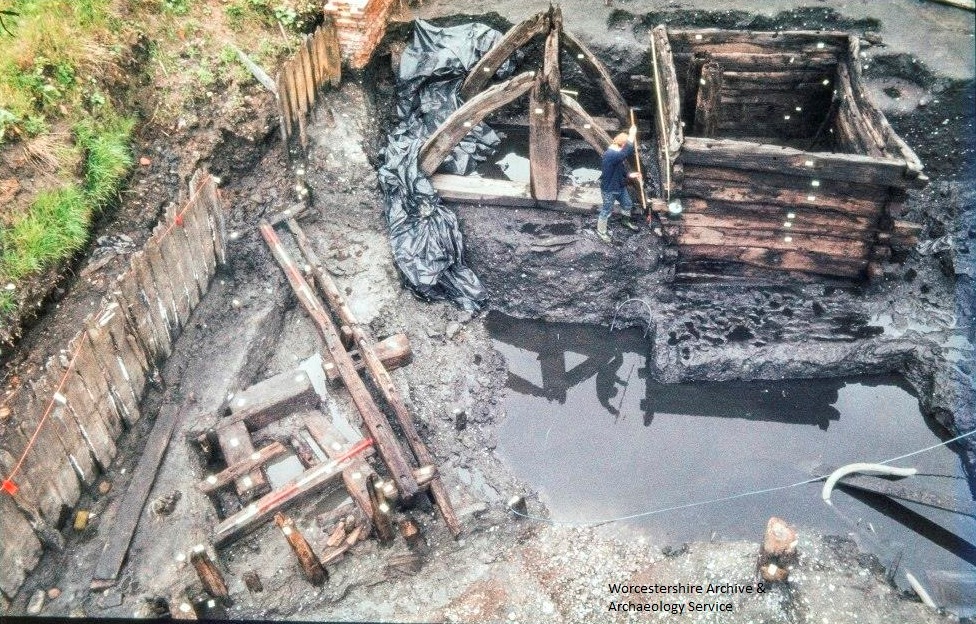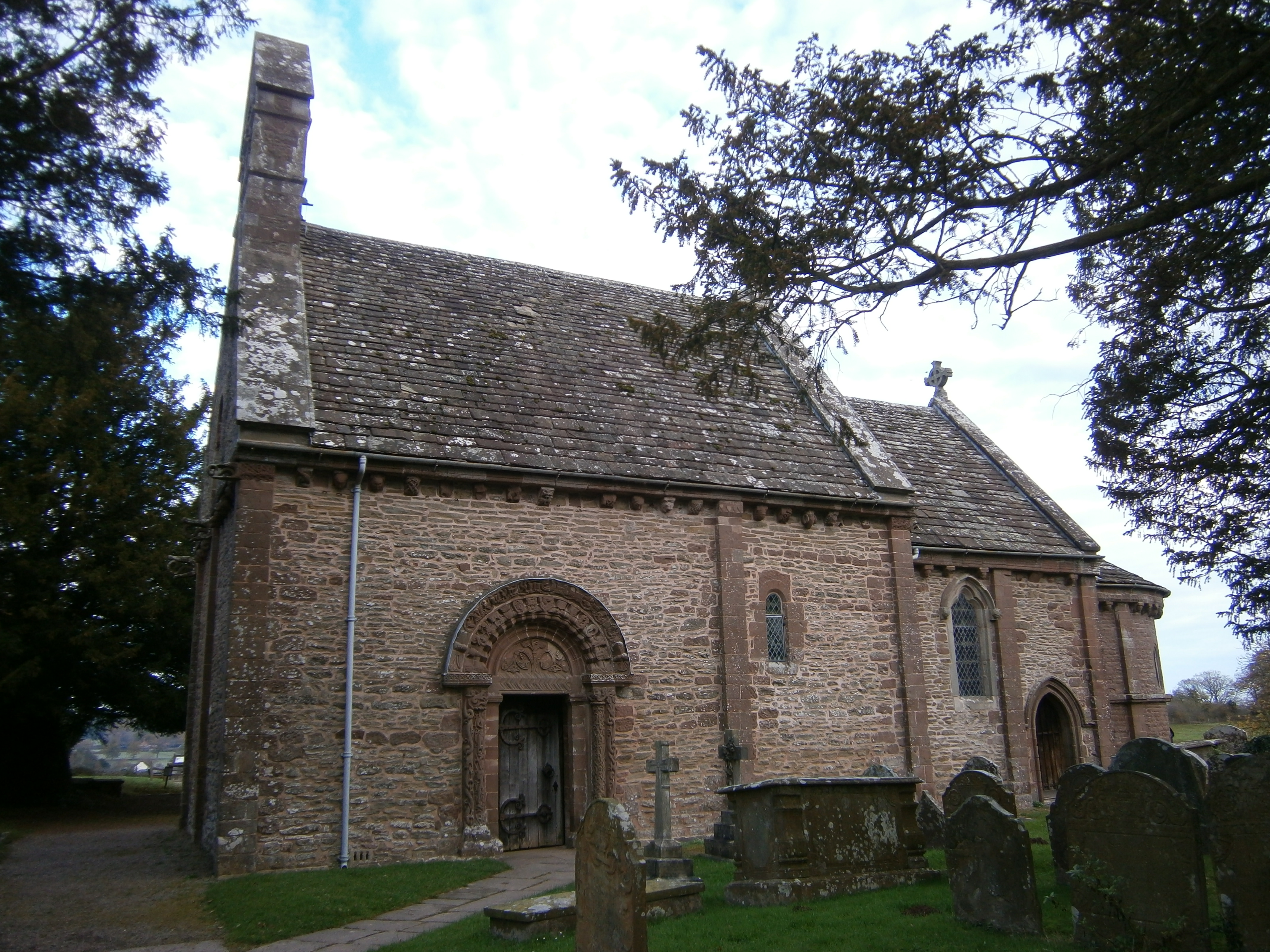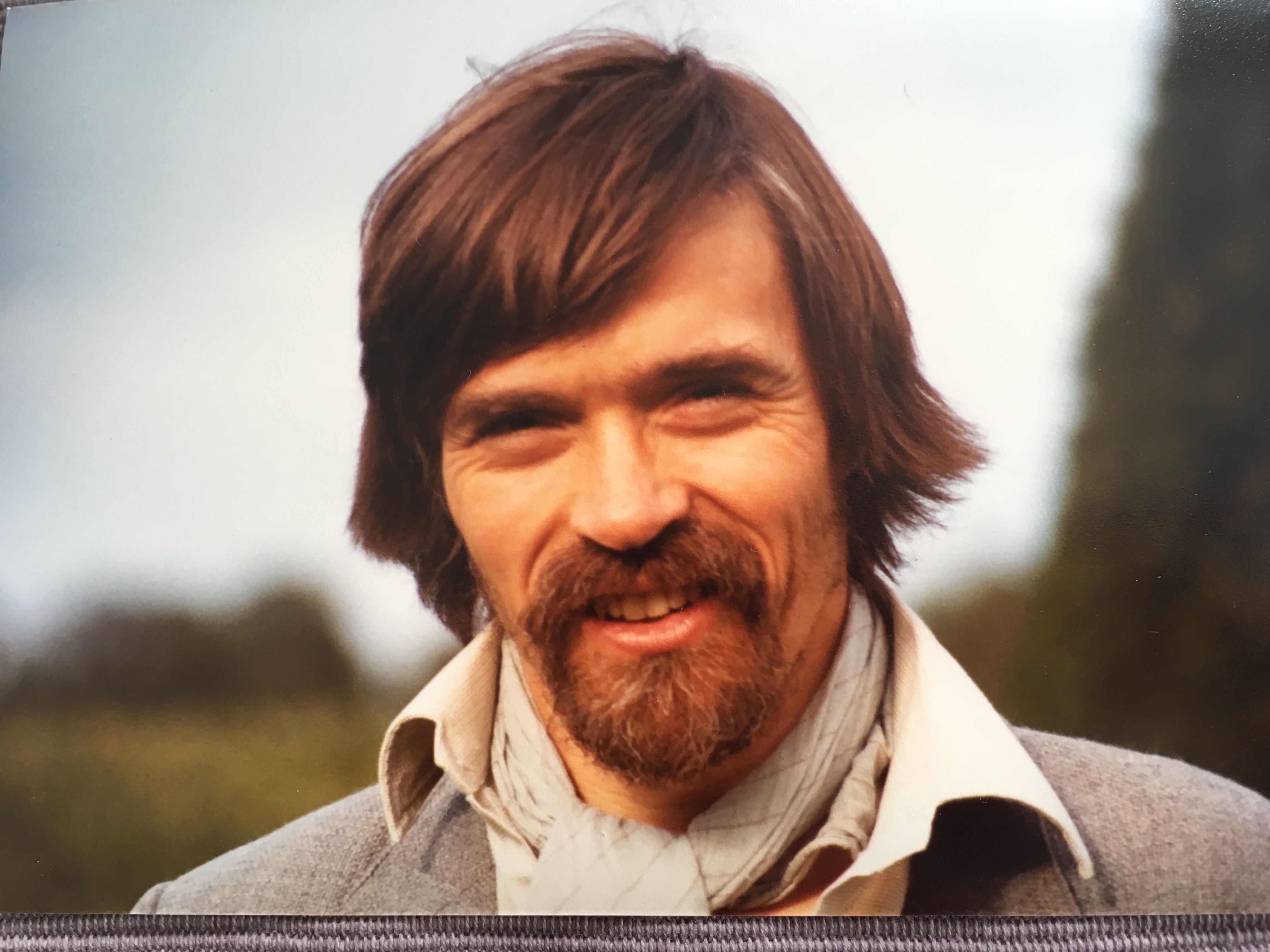Archaeology 50: Jan Roberts 1975-86
- 15th October 2019
| Jan Roberts, who was the third County Archaeologist, died in 1992. Jan Wills, who was Archaeological Field Officer at Hereford and Worcester from 1980-85 has contributed the following about his time in the county. |
| Jan Roberts County Archaeologist 1975 – 1986
Jan came to the then Hereford and Worcester County Museum Service from Norwich where he had worked with Alan Carter on urban archaeological sites in the city as part of the Norwich Survey. He had a background in archaeological excavation of all kinds – including during the construction of the M5 motorway, early rescue archaeological work in the city of Winchester, and a long running project to excavate a mosque in Siraf, Iran. He brought to the new job both a strong interest in urban archaeology and also a wish to explore how the planning system could be better used to manage the impact of development on the archaeology of the county.
At that time the Hereford and Worcester Service was one of the few local authority services in the West Midlands region with professional staff carrying out archaeological projects. The West Midlands Rescue Archaeology Committee (WEMRAC) brought together professionals and academics from across the area to discuss priorities for funding amongst the many sites affected by development and, where there was no local authority service, to carry excavations in advance of development. The Hereford City Archaeology Committee directed the archaeological work in the city as a separate initiative. Jan was closely involved in these organisations too, especially in the work of WEMRAC on historic towns in the area. At that time archaeology was a very young as a profession; funding was scarce and much work was still carried out on a voluntary basis. Jan was active in developing the local authority service, working closely with the Department of Environment (from which English Heritage, now Historic England, was later created) who were keen to support local authorities. New posts of Urban Excavator and Droitwich Archaeologist were created with DoE funding to respond to development in the cities and towns in the county, the Droitwich post reflecting the importance of the early salt industry there. These were added to the existing post of Archaeological Field Officer which I took up in 1980.  Upwich (Droitwich) medieval brine well under excavation, Roman timberwork also showing Although public interest in the impact of new development on archaeological sites had been stimulated by the rescue archaeology movement in the 1960s and early 1970s there was very little explicit provision for archaeology in the planning system. Most developments went ahead without any assessment of their potential archaeological impact or any funding for excavation, and until 1979 even scheduled monuments could be redeveloped as long as a period of notice was given to government to allow them to excavate if they wished. Jan, however, saw the potential of the planning system to try to protect important sites from development and began work with district councils in the county to ensure that their local plans contained information on the archaeology of their area and that key sites were excluded, where possible, from land allocated for development. Studies were carried out in Leominster, Ledbury, the small towns of south Herefordshire, and Evesham which looked at the development of the settlements and identified areas likely to contain important archaeological deposits. Vital to this work was the creation of a good information base about archaeology of the county and Jan put a lot of time into developing the embryonic Sites and Monuments Record (now the Historic Environment Record), then written longhand on index cards, and with an optical coincidence card information retrieval system – which was as laborious as it sounds. At that time threatened sites could only be excavated by volunteers or by securing funding from the national rescue archaeology budget administered by DoE. These funds were very limited and only a small number of threatened sites were investigated each year. Important projects at the time included Iron Age settlement at Blackstone, Iron Age and Roman activity at Beckford excavated in advance of gravel quarrying, work on the Evesham bypass, the Leintwardine Roman settlement, Kilpeck church graveyard, and the centre of Worcester city where the first major excavations in the Deansway area took place in the early 1980s. Other major developments of course went ahead without any archaeological work since there was no funding – my one day walk over along the route of the Ross on Wye bypass after topsoil stripping would now not be considered an adequate response!  Kilpeck Church The new posts created and successful bids for DoE funding resulted in an increase in the staff of the archaeology team, and we moved in the early 1980s to offices in Loves Grove in the centre of Worcester. The advent of the Manpower Service Commission schemes to provide jobs for the unemployed provided a new source of funding for archaeological projects – and an opportunity to involve many people with no previous experience in archaeology in interesting work such as the field survey projects that the service ran in the Ledbury, Peterchurch and Leominster areas of the county.
Despite the success of the expanding archaeology service and the external funding it drew in, reductions in local government budgets in the early 1980s resulted in a proposal to save money by entirely closing the archaeology element of the museums service. Jan’s most important achievement in his time at Hereford and Worcester was to articulate the case for the retention of the service, working with elected members and senior officers to explain the public benefit delivered by the service. There was an astonishing response from the public locally and more widely to the closure proposal, and from universities and other organisations, large numbers of whom wrote to the county council to argue for the retention of the service. All of the senior archaeology staff at the time (myself, John Price, John Sawle, and Jan) worked hard to present our case but it was Jan’s sustained hard work and advocacy that ultimately led to the whole service being retained, providing a foundation for the successful service that Worcestershire is today.
Jan Roberts, 1946 – 1992 |

Thanks for this post Jan I think it was just around this time I joined the Hereford and Worcester Archaeology Hope you remember me. Rita
I am sad to hear of his passing. I worked with John Sawle and David Cranstone at Hillborough Hospital and Loves Grove as a small finds artist for approximately two years and remember Jan well from that time.
Annelise Wilson who was the Hereford and Worcester Archaeological Field Officer until 1980 worked with both Alan Hunt and Jan Roberts to establish the embryonic Sites and Monument Record.